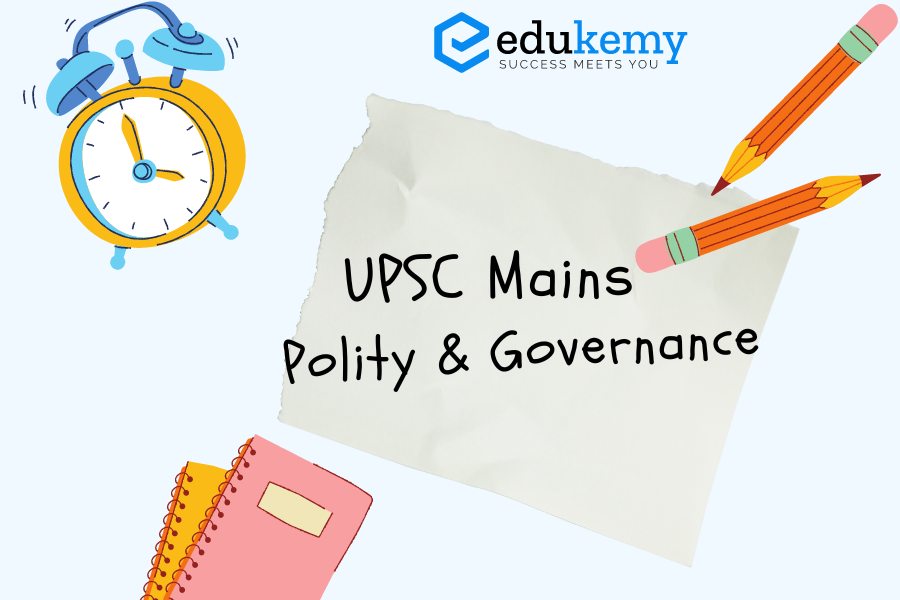
Introduction:
Lateral entry signifies the recruitment of individuals from the private sector into government administrative roles. This approach is imperative to address the need for skilled and motivated leaders in administrative positions, ensuring effective public service delivery. The recent appointment of eight professionals to joint secretary positions through lateral entry underscores this shift.
Body:
Facilitating Lateral Entry into the Permanent System of Administrators:
- In the permanent system, IAS officers typically achieve the rank of joint secretary after 17 years of service, maintaining that level for a decade.
- These positions are traditionally filled by officers selected through the UPSC’s Civil Services Examination, playing a pivotal role in senior management, leading policy formulation, and implementing programs for their respective departments.
- Advancement within the IAS and the permanent system is strictly based on seniority, resulting in joint secretaries having an average age of around 45.
Advantages of Lateral Entry:
- Evolving Governance Needs: The complexity of governance, especially the growing role of data, demands specialized skills that generalist officers may lack.
- Addressing Personnel Shortage: Lateral entry can alleviate the shortage of IAS officers, which stands at approximately 1500 officers according to the Department of Personnel and Training.
- Transforming Bureaucratic Culture: Lateral entry has the potential to instigate a transformation in bureaucratic culture, emphasizing efficiency and effectiveness. For instance, former corporate sector CEO Saurabh Mishra will serve as a joint secretary in the Ministry of Finance through lateral entry.
- Promoting Participatory Governance: As governance becomes more participatory and diverse, lateral entry enables private sector and non-profit stakeholders to contribute. For example, environmental expert Dr. Sujit Kumar Bajpayee joined as a joint secretary in the Ministry of Environment and Forests through lateral entry.
Arguments Against Lateral Entry:
- Expertise Acquisition: Expertise can be sourced without recruiting private-sector personnel for decision-making, utilizing existing government committees, consultations, and think tanks.
- Decision-Making Challenges: Success in lateral entry requires an understanding of the system and collaboration with the existing establishment, with no formal training provided.
- Profit vs. Public Service: The private sector’s profit orientation contrasts with the government’s public service mission, necessitating a significant shift in perspective.
- Conflict of Interest: Recruiting from the private sector raises concerns about potential conflicts of interest, demanding a rigorous code of conduct.
- Short-term Focus: Lateral entrants, with potentially shorter tenures, might prioritize immediate solutions over long-term, sustainable policies due to their brief time in government positions.
Way Forward:
- Objective Criteria: Roles and responsibilities for lateral entrants should be objectively determined to align with their skills and experiences.
- Relaxing Age Barrier: To attract top talent, entry requirements should be relaxed, allowing eligibility for individuals as young as 35.
- Transparent Selection: A transparent selection process, possibly involving UPSC, is crucial for legitimacy.
- Training: Comprehensive training programs for private-sector entrants to civil services should be established to familiarize them with government complexities.
Conclusion:
While lateral entry is a positive step, careful consideration of entry requirements, job assignments, personnel numbers, and training is essential. Reforms in the “permanent” system, particularly regarding seniority, are equally vital for comprehensive administrative reform.

In case you still have your doubts, contact us on 9811333901.
For UPSC Prelims Resources, Click here
For Daily Updates and Study Material:
Join our Telegram Channel – Edukemy for IAS
- 1. Learn through Videos – here
- 2. Be Exam Ready by Practicing Daily MCQs – here
- 3. Daily Newsletter – Get all your Current Affairs Covered – here
- 4. Mains Answer Writing Practice – here

